"Aficionados of the rally world will never forget the sight of a Lancia Stratos HF in full cry. Works cars won the World Rally Championship (WRC) in 1974, 1975 and 1976.
"Even after the official factory team effort ceased — before time and, we understand, on the specific orders of [parent company] Fiat to make way for the 131 Mirafiori cars — Markku Alén, Bernard Darniche, Sandro Munari and others popped up in works, or quasi-factory cars. History shows that over the years, the Stratos has won every event it has entered at least once, except the RAC and Safari, for which the car was perhaps least suited."
Autocar's above introduction to the Stratos from 1982 is just as fitting now as it was then. For many, the machine created by Lancia's motorsport boss as 'the ultimate rally car' remains so. That, along with the fact that just 492 were produced, is why a mint-condition example of this steeped wedge of Bertone can today command a quarter of a million pounds.
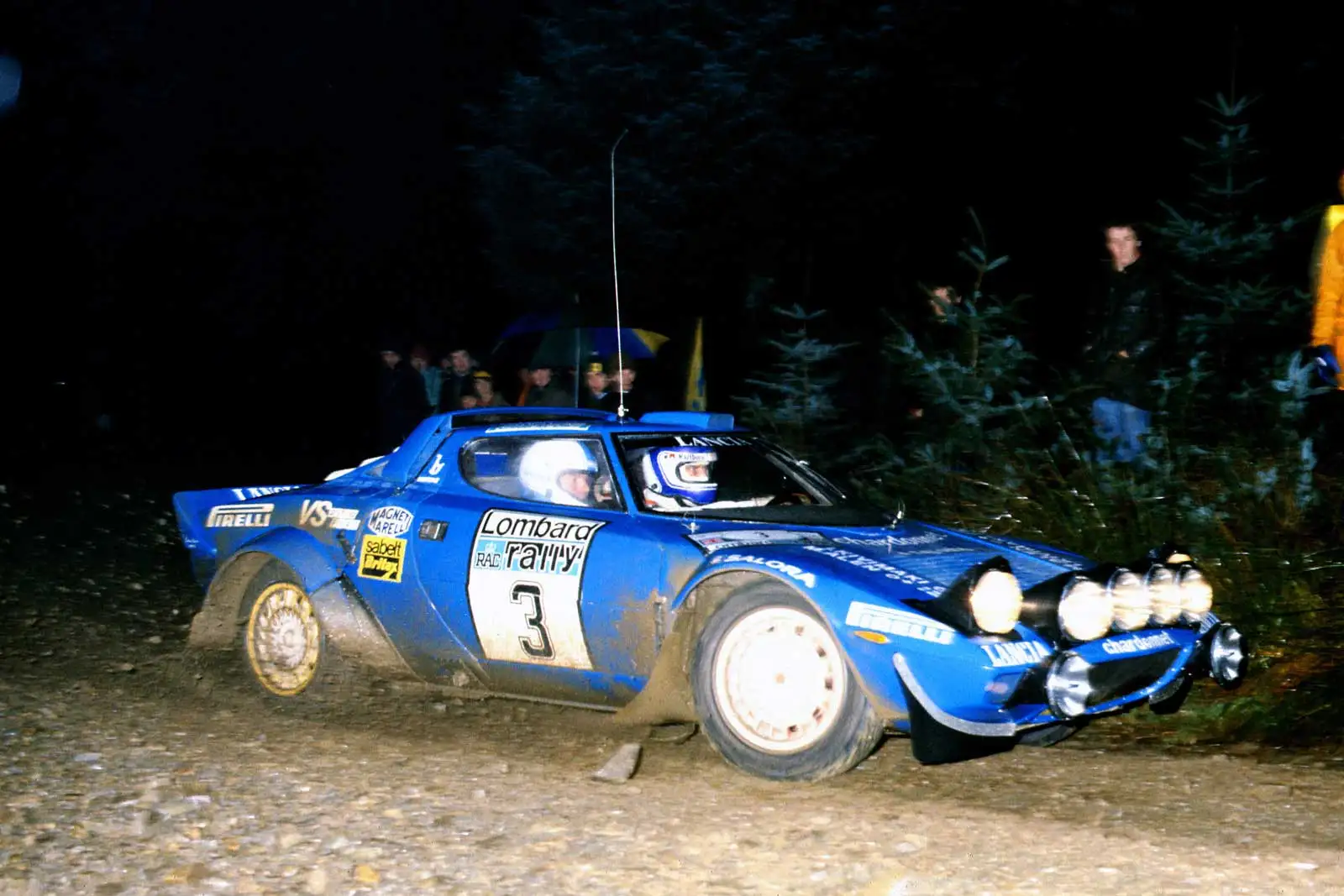
The test we're revisiting today came six years after the Stratos's WRC programme proper was curtailed and followed two previous experiences we'd had with the car.
It happened because we described the new Audi Quattro of 1980 as "the world's fastest rally car" — an assertation that John Warner, whose The Chequered Flag team had independently run a Stratos in a British Rally Championship dominated by the Ford Escort RS, took exception to.
He claimed that "given traction, the Stratos would be the faster car in a straight line — if not throughout the mid-range". He also suggested that we might like to see "just how quick a Stratos could be with a four-valve-per-cylinder engine installed, a unit (using cylinder heads derived directly from the Formula 2 V6) which was run before new rules prevented such evolutionary changes in the rally cars".
Fortunately, a private owner of a road-registered Stratos with the 24-valve engine offered his car for comparison. The benchmarks would be the timings for the Quattro, as well as rallying versions of the Vauxhall Chevette, Talbot Sunbeam Lotus and Opel Ascona.
In order to fairly compare the rally machine and the 24-valver, The Chequered Flag prepared the latter to a comparative spec, with Tarmac rally suspension, ventilated brake discs, plus 8in and 10in-wide, 15in-diameter wheels shod with 345/35 rear and 225/50 front Pirelli P7 tyres.
For non-WRC obsessives, the Stratos's mechanical make-up was thus: the car was a mere 12ft 2in long, with a square-section steel tube chassis containing a cockpit just big enough for a six-foot-tall driver. Fore of him was double-wishbone front suspension and aft of him a MacPherson struts with a wide-based lower wishbone for location.

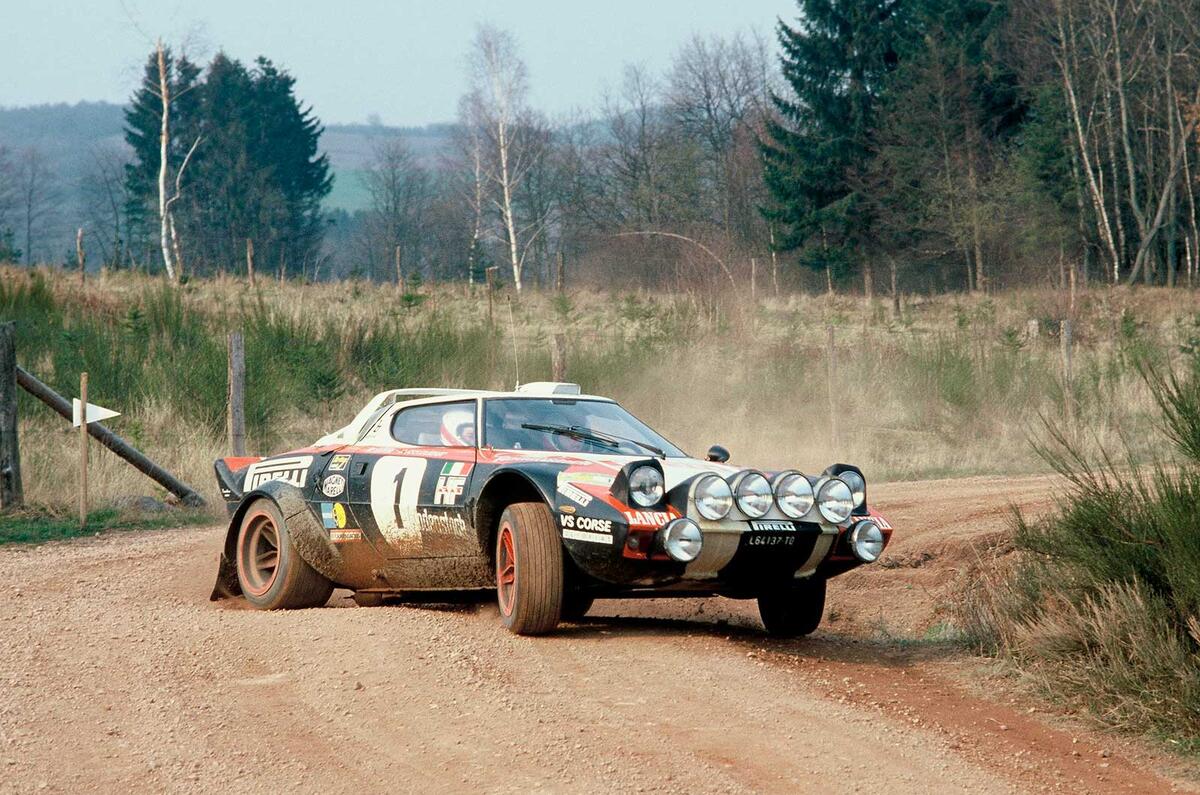
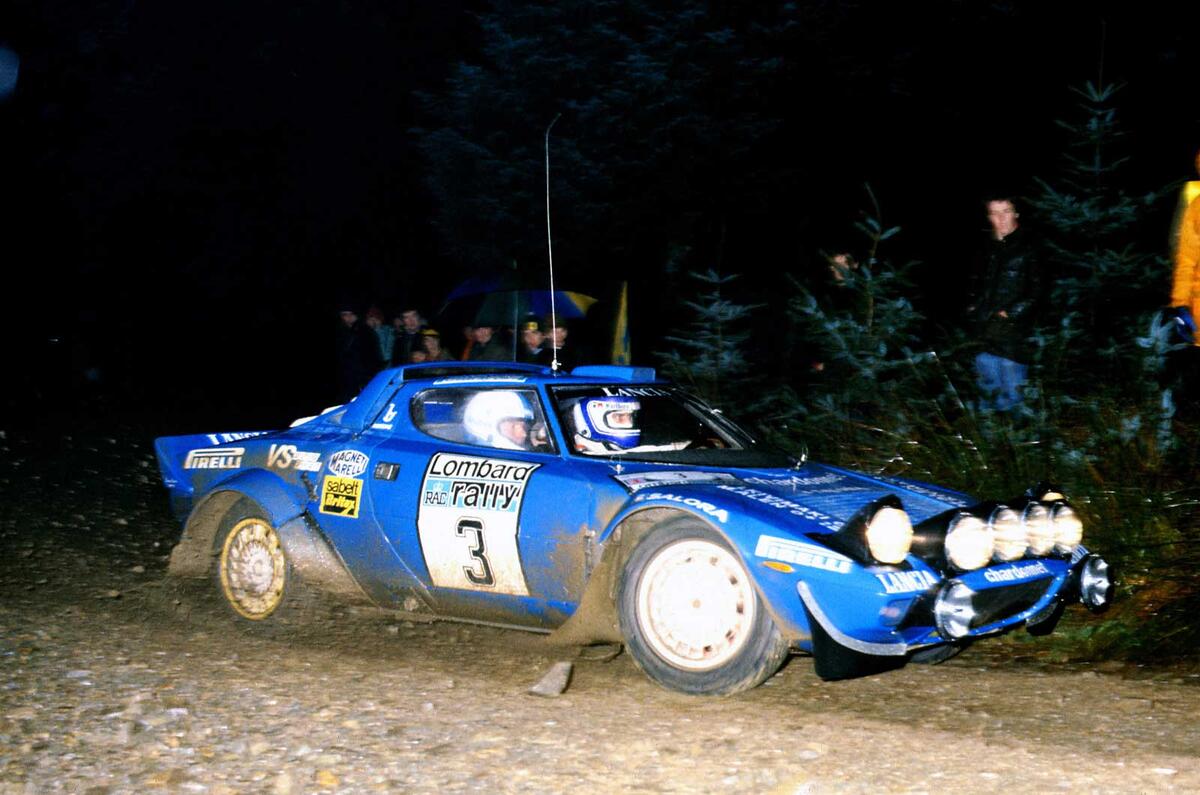
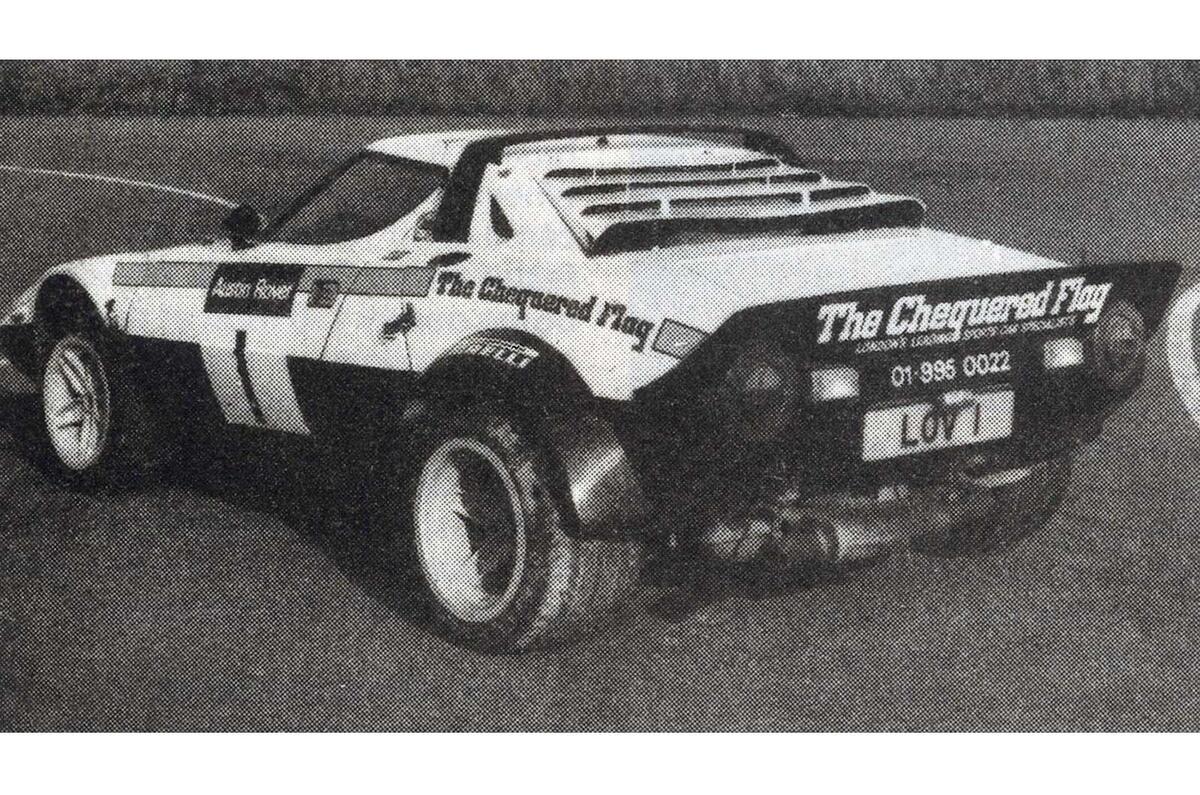
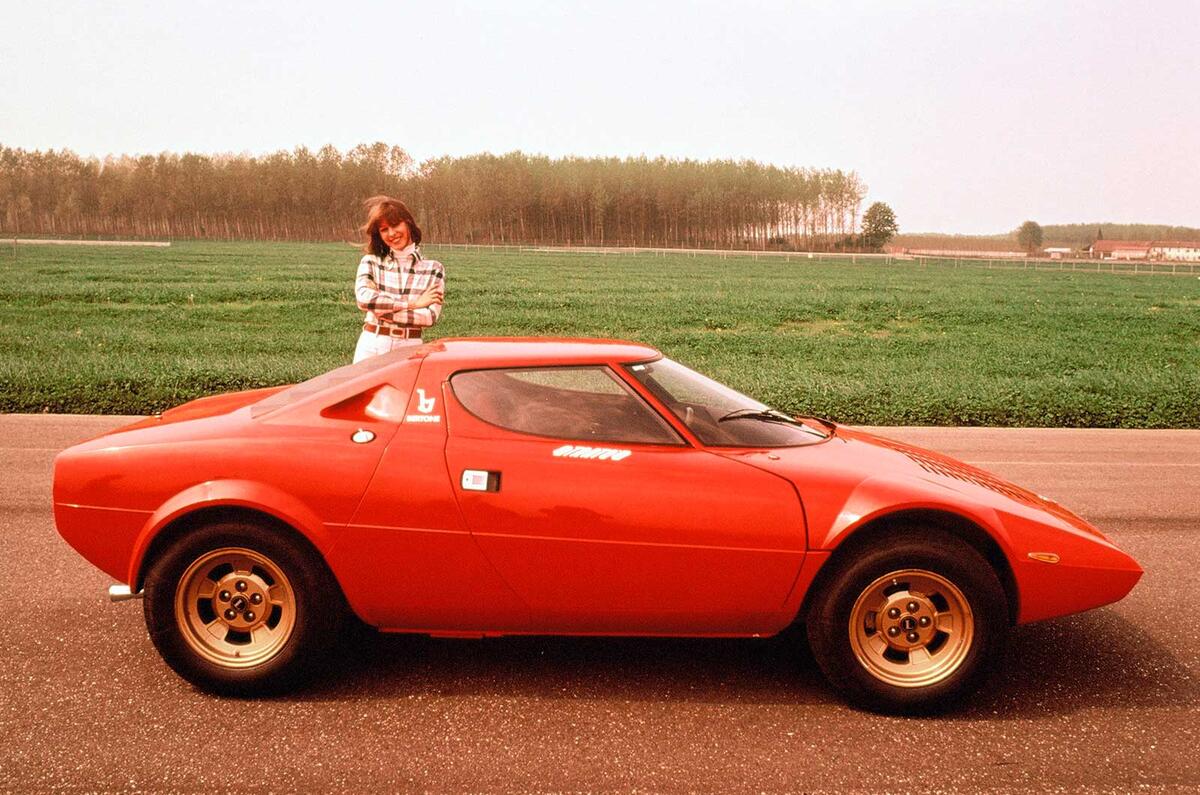
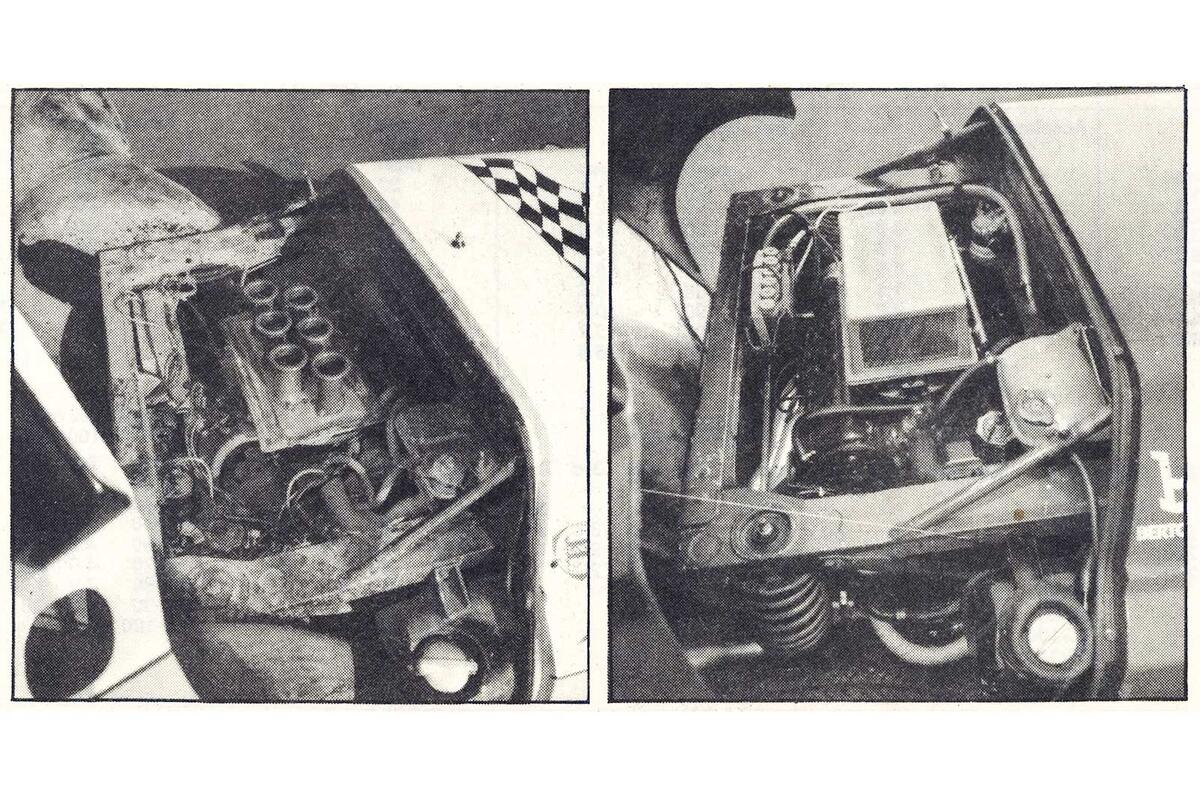

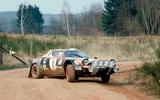

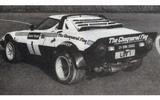
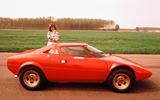
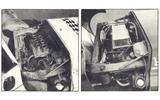


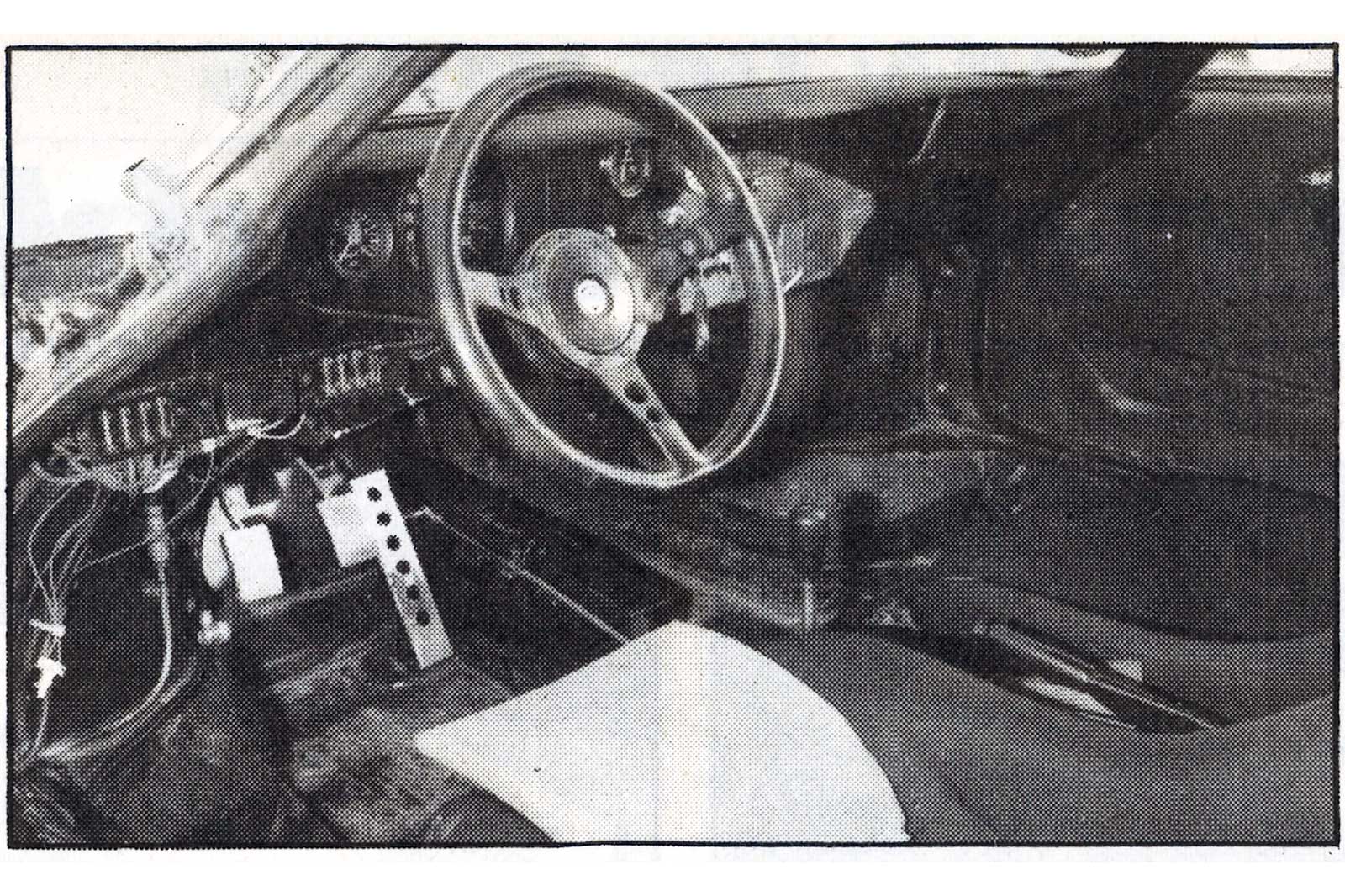 We set about the test with "a set of gears that would give 108mph at the 8000rpm limit and thus do the rally car justice". "Getting the temperatures up seemed to take an age," we said, "but this gave us time to reacquaint ourselves with the Stratos's controls and to master the rather awkward gearchange."
We set about the test with "a set of gears that would give 108mph at the 8000rpm limit and thus do the rally car justice". "Getting the temperatures up seemed to take an age," we said, "but this gave us time to reacquaint ourselves with the Stratos's controls and to master the rather awkward gearchange."
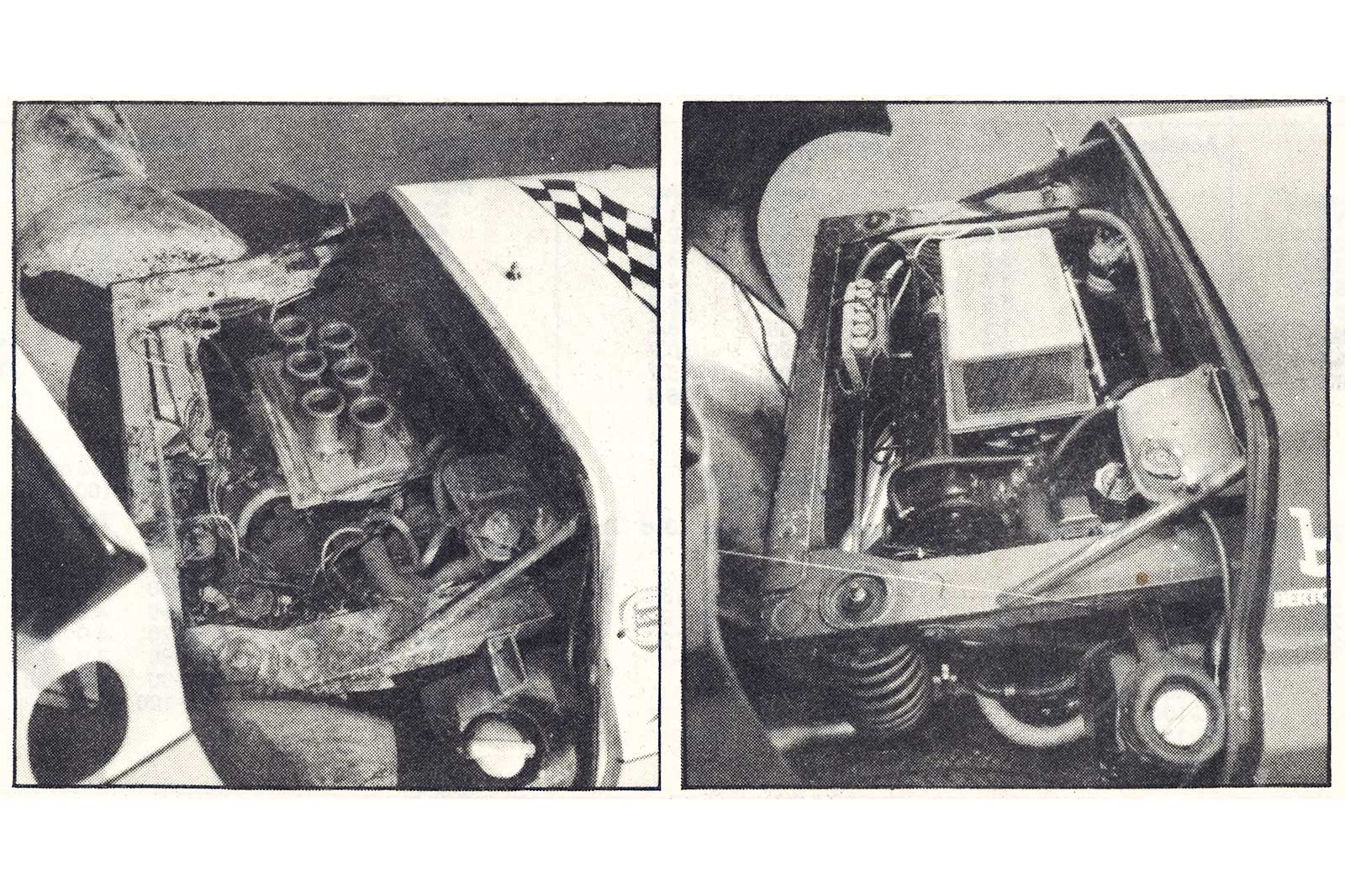
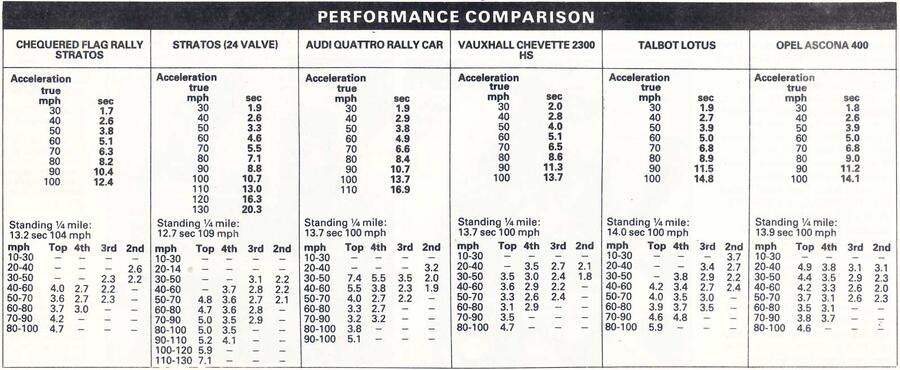

Join the debate
Add your comment
Your sharing is very meaningful, and extremely detailed!
Great Information. A 1982 Lancia is still on my list of favourite cars. I don't care how much time it will take. I am working hard by providing assignment help to the students and one day will definitely be going to buy this beast and set it for my garage.
Those who are searching over
Those who are searching over internet 'Marketing Assignment Help' contact with us now. We are the best assignment writing service provider in Australia. Our Academic assignment writers available 24*7 hours for the students, if you really want to need assignment help online at cheapest price meet at EssayCorp and get high-class grades.